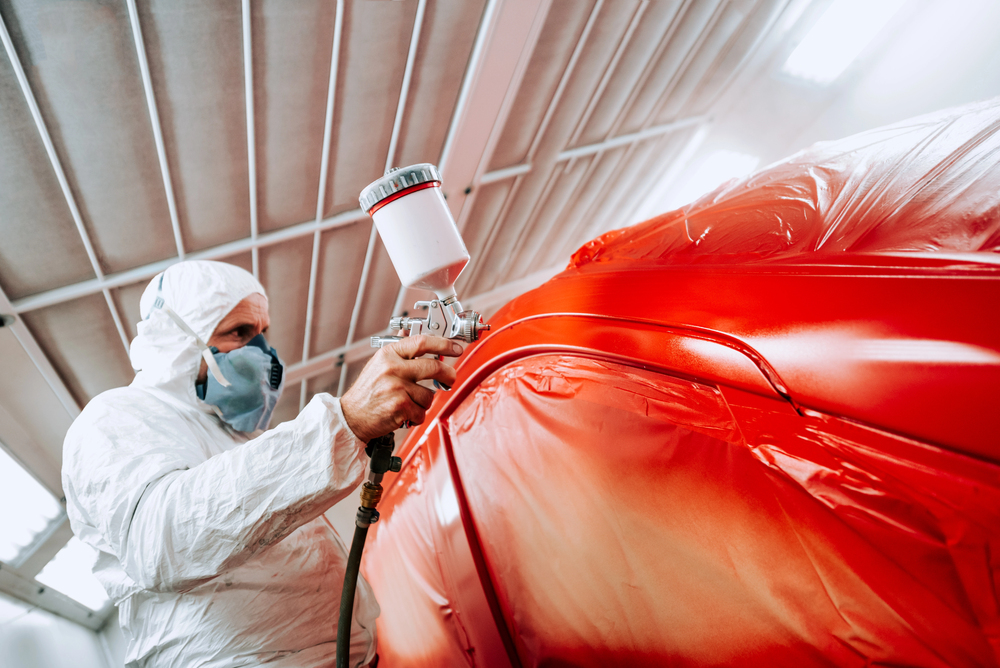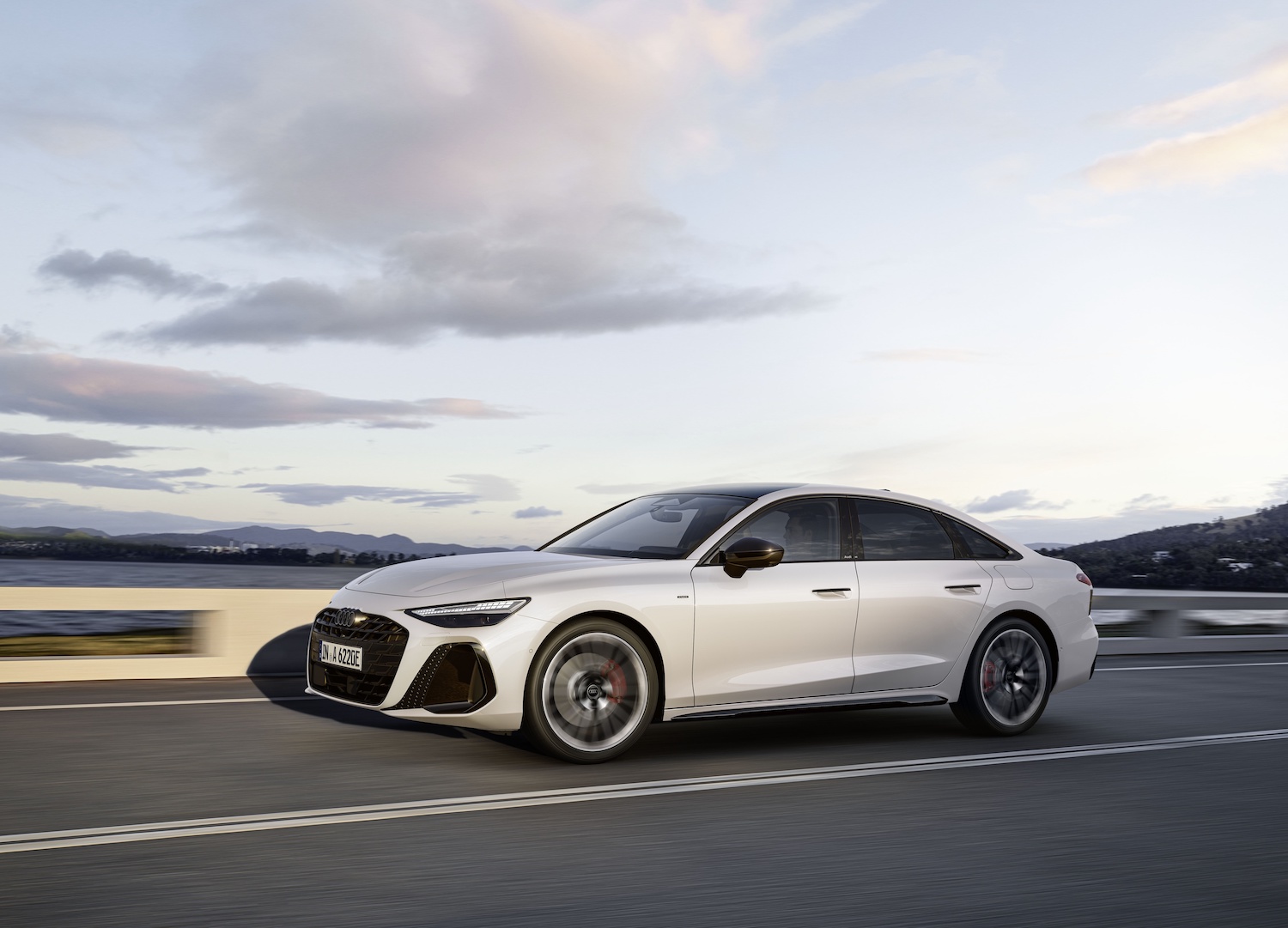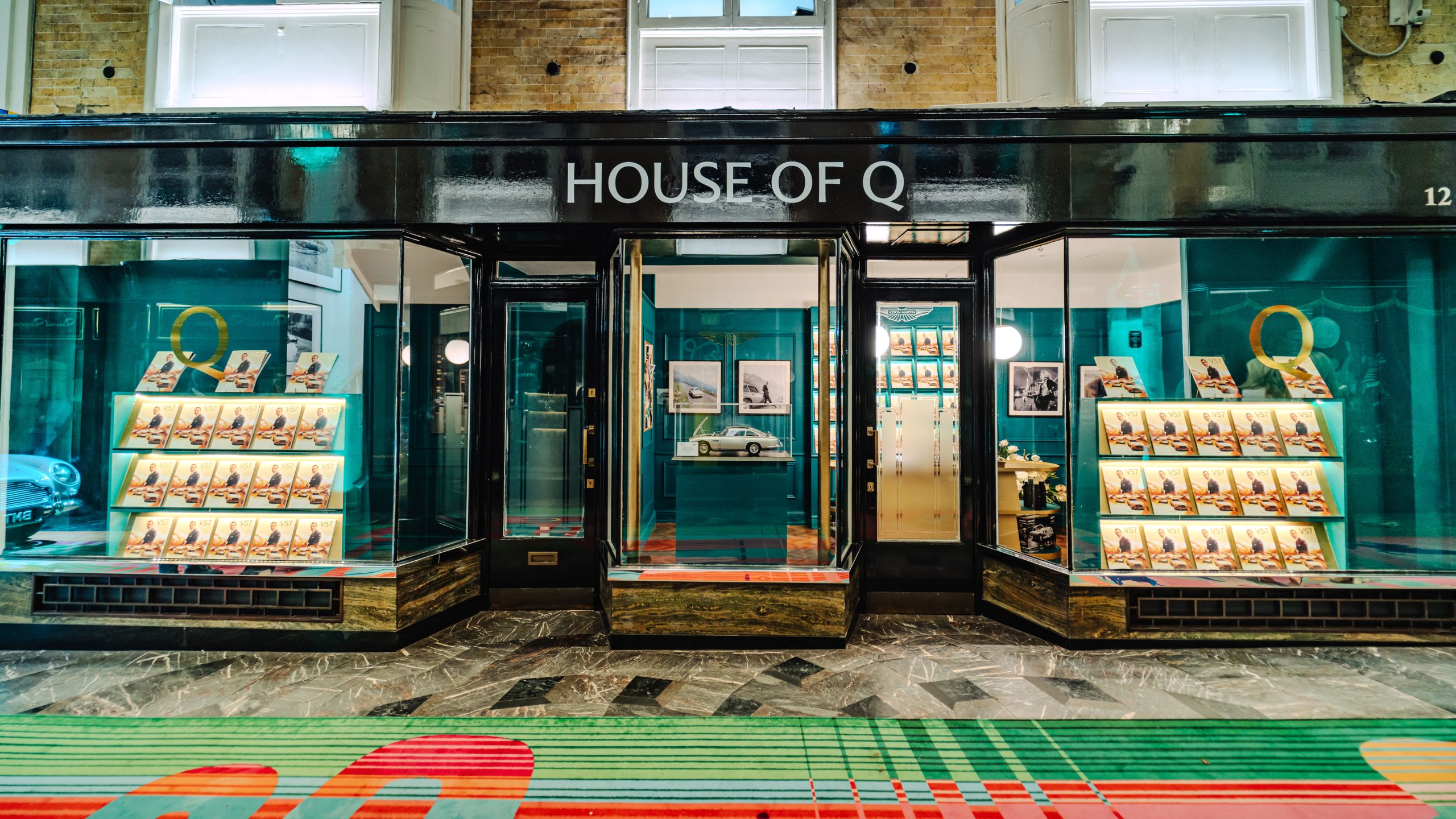Drivers Urged To Cut Emissions Amid Air Alerts
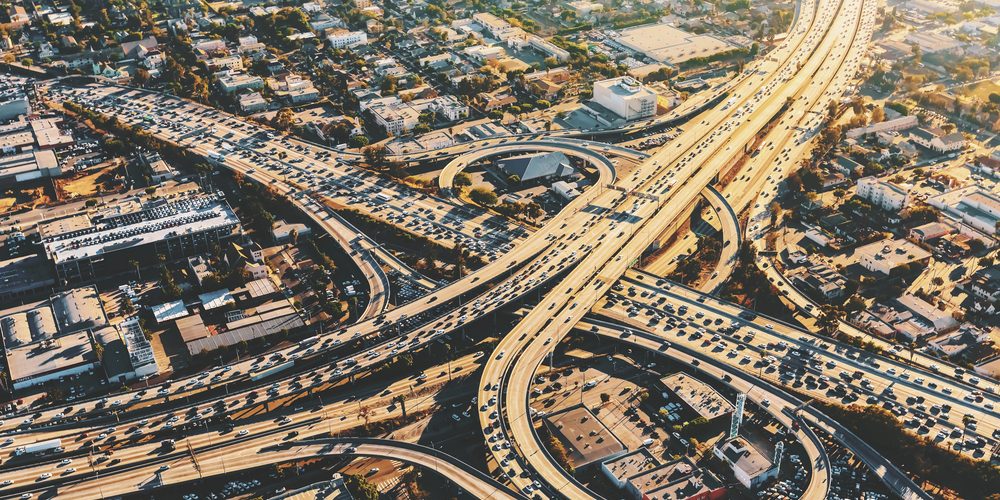
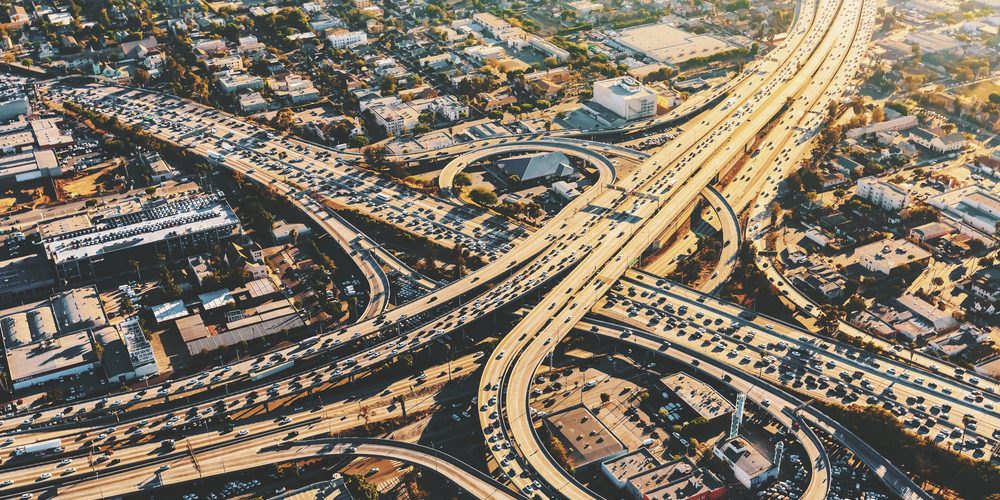
- Air quality alerts linked to vehicle-related ozone pollution
- Refueling and idling discouraged during peak ozone hours
- Hot weather and traffic worsen air quality in urban areas
Drivers across seven states were asked to limit car-related emissions on Monday as air quality alerts were issued due to high ozone levels and windblown dust.
The National Weather Service placed alerts in California, Ohio, New York, New Jersey, Connecticut, Pennsylvania, and Michigan. Most were tied to forecasted ozone pollution — a byproduct of heat, sunlight, and vehicle emissions — which can rise to unhealthy levels, particularly in urban areas.
In Michigan, the alert covered counties including Kent, Muskegon, and Ottawa. Officials noted, “We are in the peak of ozone season, and the current forecast shows ozone-conducive conditions for Sunday and Monday.” Drivers and businesses were “urged to avoid activities which lead to ozone formation,” such as refueling during the heat of the day, using gas-powered lawn tools, or idling engines.
Instead, the alert recommended drivers walk, bike, delay trips, or combine errands to limit unnecessary cold starts and emissions.
In New York, the warning extended to the Bronx, Queens, and Westchester counties. It stated, “When pollution levels are elevated, the New York State Department of Health recommends that individuals consider limiting strenuous outdoor physical activity to reduce the risk of adverse health effects.”
In Ohio’s Miami Valley region, the advisory also focused on ozone levels likely to “approach or exceed unhealthy standards.” Officials asked drivers to refuel after 8 p.m., carpool, or take public transit to reduce tailpipe emissions.
AccuWeather meteorologist Brandon Buckingham explained: “Ozone is a secondary pollutant, meaning it’s not emitted directly from sources, but is formed through chemical reactions. These reactions require sunlight and higher temperatures, making warmer months more prone to ozone formation. When air is stagnant, pollutants don’t get dispersed, allowing ozone to build up to unhealthy levels.”
He added, “Ozone pollution is often more severe in urban areas where there are higher concentrations of pollutants from sources like cars, power plants, and industrial activities.”
New Jersey meteorologist Jonathon Rocco posted: “An Air Quality Alert has been issued for all 21 [New Jersey] counties. With the hot and humid conditions, ozone levels will become unhealthy for sensitive groups (people with lung disease, young children, older adults, etc.). Stay safe!”
As vehicle emissions remain a major contributor to summer ozone, officials continue to stress small behavioral shifts — like avoiding midday refueling and reducing unnecessary trips — to help limit pollution during peak hours.

